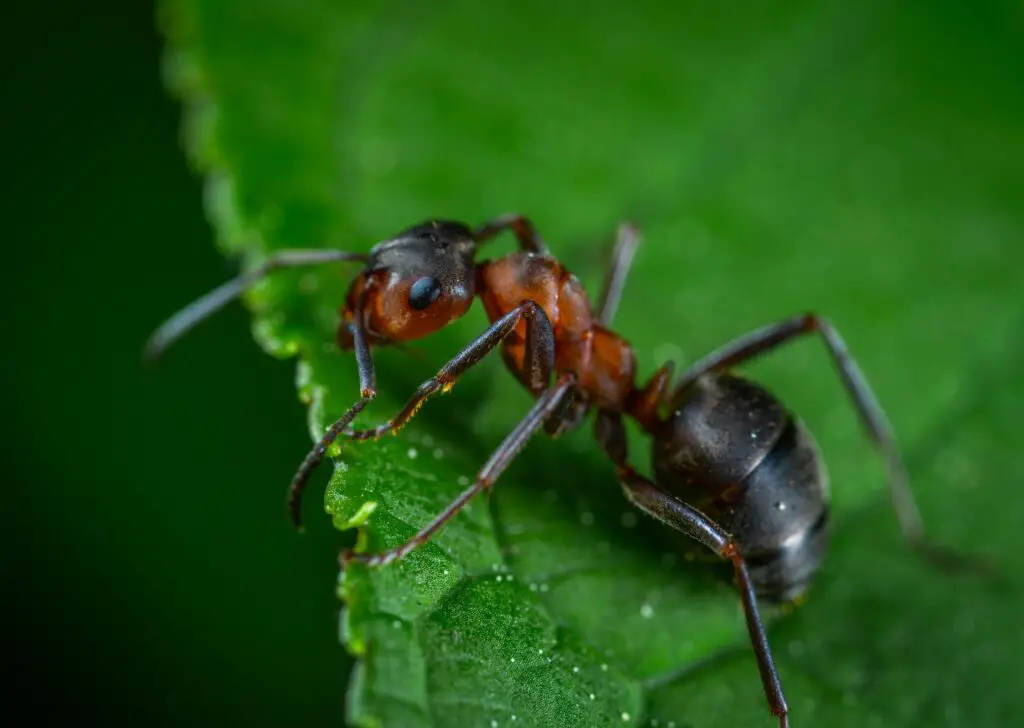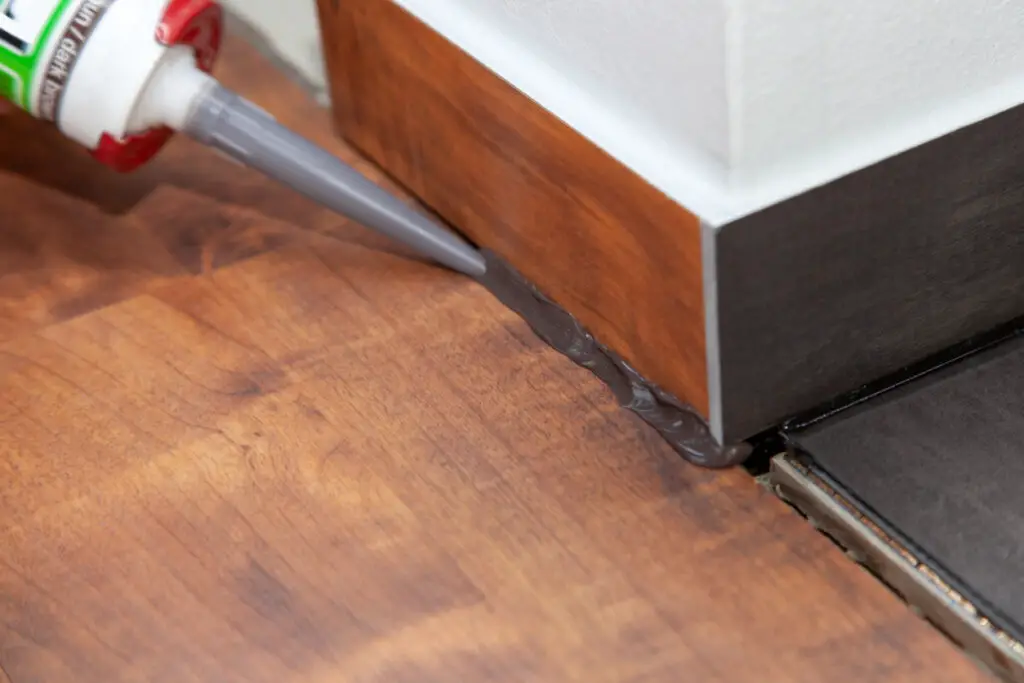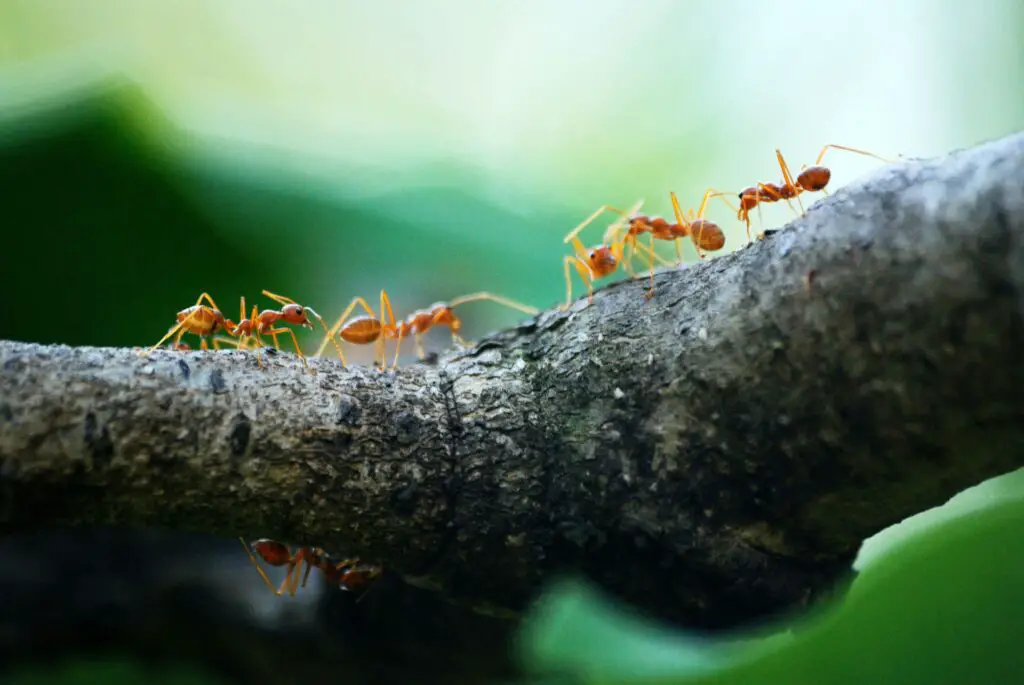1. Identify Problem Areas

First, locate where ants are most active in your lawn. Check for visible mounds and areas with loose soil, as these often indicate ant nests. Knowing exactly where to target will make your ant control efforts more effective and help eliminate ants at their source.
2. Keep Your Lawn Trimmed and Tidy

Ants prefer hiding in thick, overgrown grass or dense weeds. Regularly mowing your lawn and clearing away debris helps reduce potential hiding spots. This simple maintenance step discourages ants from nesting and keeps your lawn looking neat and healthy.
3. Use a Natural Ant Repellent

Natural repellents like diatomaceous earth, cinnamon, or coffee grounds are safe for your lawn and pets but unpleasant for ants. Sprinkle one of these repellents around ant mounds and along the edges of your lawn. Reapply after rain to maintain its effectiveness.
4. Apply Beneficial Nematodes

Beneficial nematodes are microscopic organisms that prey on ants and other lawn pests. They are environmentally friendly and won’t harm your grass or plants. Apply them to your lawn using a garden sprayer, following package directions, to naturally control ants.
5. Water Deeply but Less Frequently

Ants prefer dry soil for nesting, so adjusting your watering schedule can help. Water your lawn deeply but less frequently, which promotes deep root growth and keeps the soil moist enough to deter ants without oversaturating it.
6. Sprinkle Cornmeal Near Mounds

Cornmeal is a safe and effective way to disrupt ant activity. When ants consume it, they can’t digest it, causing them to abandon their nest eventually. Sprinkle a little cornmeal around mounds, and reapply every few days until the ants are gone.
7. Create an Ant Barrier with Vinegar Spray

Mix equal parts vinegar and water in a spray bottle and spray the solution around ant mounds and the edges of your lawn. The strong smell disrupts ant trails, preventing them from returning to these areas. Be cautious not to spray directly on grass, as vinegar can harm plants.
8. Use Borax Bait Stations

Mix a small amount of borax with sugar or honey and place the bait near ant mounds. The sugar attracts the ants, while the borax disrupts their digestive system. They’ll carry the bait back to the colony, helping to eliminate the problem at its source.
9. Avoid Over-Fertilizing

Excess fertilizer creates nutrient-rich soil that attracts ants and other pests. Stick to a balanced fertilizing schedule that supports your grass without encouraging ants to nest. An organic or slow-release fertilizer works best for steady, healthy growth.
10. Seal Off Entry Points to Your Home

If ants are invading your lawn, they may also find ways into your home. Inspect and seal cracks around doors, windows, and foundations. Keeping your home’s perimeter secure will prevent outdoor ants from making their way inside.
11. Introduce Ant Predators

Birds, beetles, and other natural predators can help control the ant population in your yard. Create a bird-friendly environment by adding bird feeders or a birdbath to encourage natural pest control. This eco-friendly step can keep ants in check long-term.
12. Reapply Natural Solutions Regularly

Consistency is key when it comes to keeping ants away for good. Every few weeks, refresh your natural repellents, barriers, and any preventive treatments to maintain an ant-free lawn. By keeping up with these steps, you’ll ensure that ants stay away year-round.
Following these steps will help you achieve an ant-free lawn, creating a safe and enjoyable space for outdoor activities. With regular maintenance, you’ll be able to keep ants at bay permanently!
